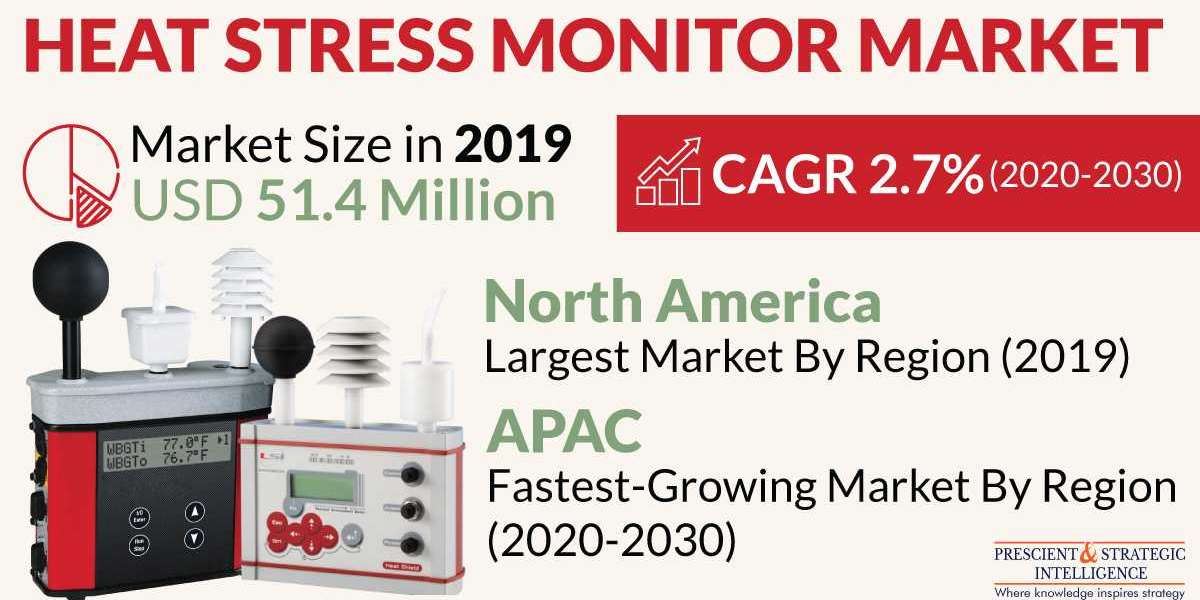One of the most common sights in sports training activities and military drills is the utilization of heat stress monitors. Due to the intense physical exertion of the body during these long duration sports and military drills and exercises, the body temperature rises significantly. This high metabolic and ambient heat production, if left unchecked, can cause heat stress in the body, which subsequently leads to exhaustion, dehydration, dizziness, loss of consciousness, and sometimes even death. Therefore, to curb the rise of heat stress in the body, athletes and military personnel are increasingly using heat stress monitors.
These systems provide the real-time tracking and monitoring of the health of military personnel and sportspersons during intense physical activities and training programs and alert them about the heat stress levels. Furthermore, the usage of these devices also prevents the occurrence of tissue injuries, which usually occur because of improper movements that often happen when the heat stress level increases to extreme levels. This is because high heat stress causes a loss of concentration due to fatigue and dehydration.
Apart from being widely used in military and sports training, heat stress systems are also heavily used in manufacturing plants and workplaces, that don’t have proper air-conditioning systems. Moreover, the rising public awareness of illnesses caused because of heat exhaustion is augmenting the requirement for heat stress monitoring equipment in workplaces around the world. OSHA (Occupational Safety and Health Administration), which is an organization of the U.S. Department of Labor, has implemented strict regulations pertaining to workplace safety in the country.
Similarly, the ministries/departments of labor of several other countries such as the U.K., Germany, India, Saudi Arabia, Australia, Japan, and South Korea have enacted stringent policies that mandate the adoption of proper heat stress management methods at workplaces. Hence, with the increasing utilization of heat stress monitors in various sectors, the sales of these devices will increase all over the world in the coming years. As a result, the valuation of the global heat stress monitor market will grow from $51.4 million to $62.5 million from 2019 to 2030.







